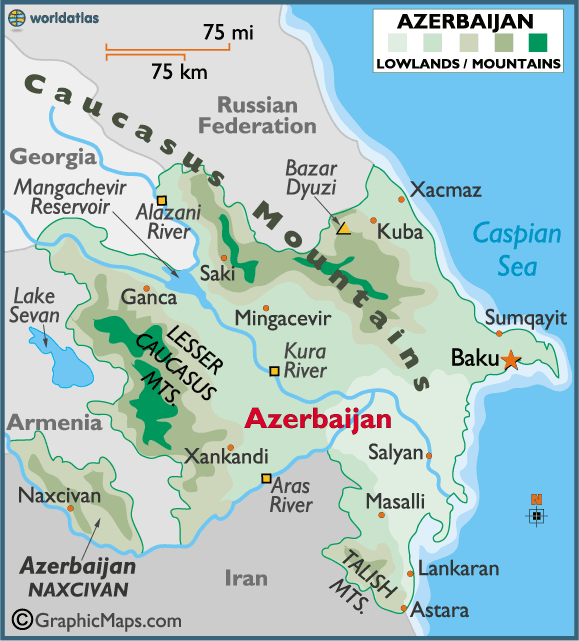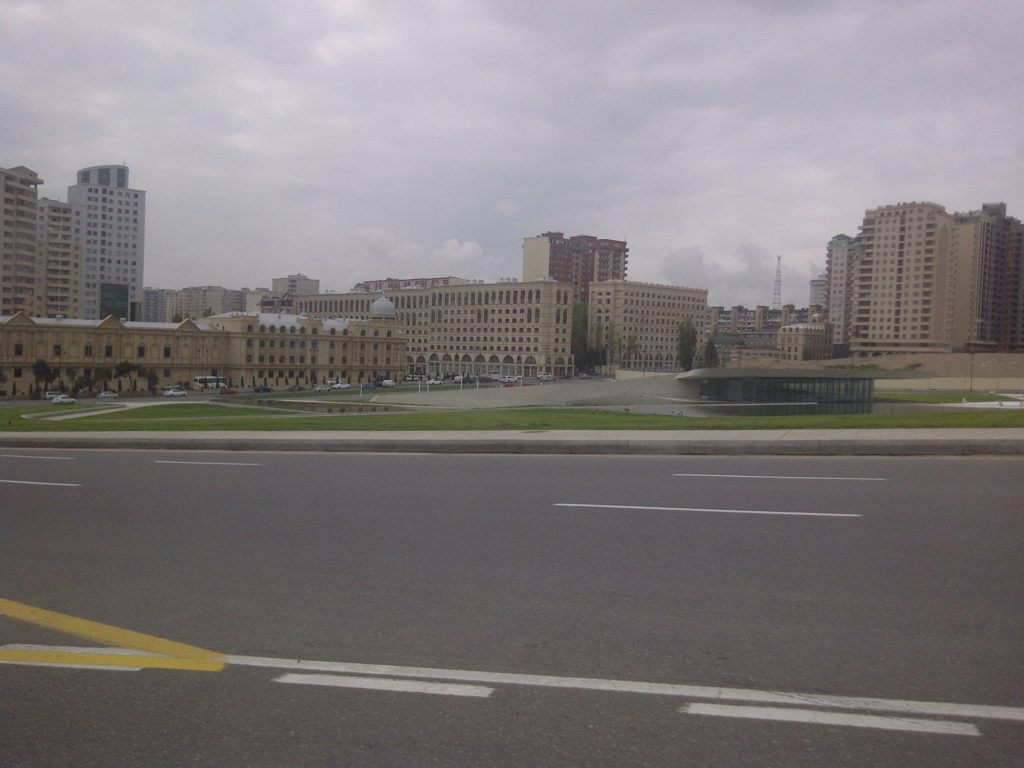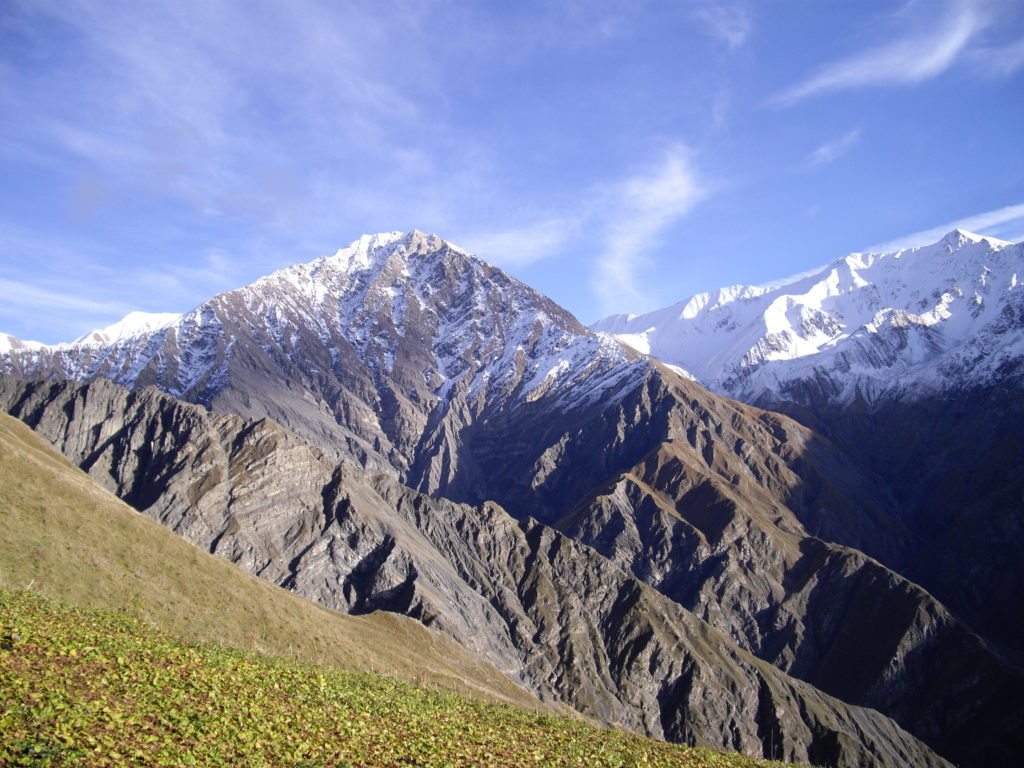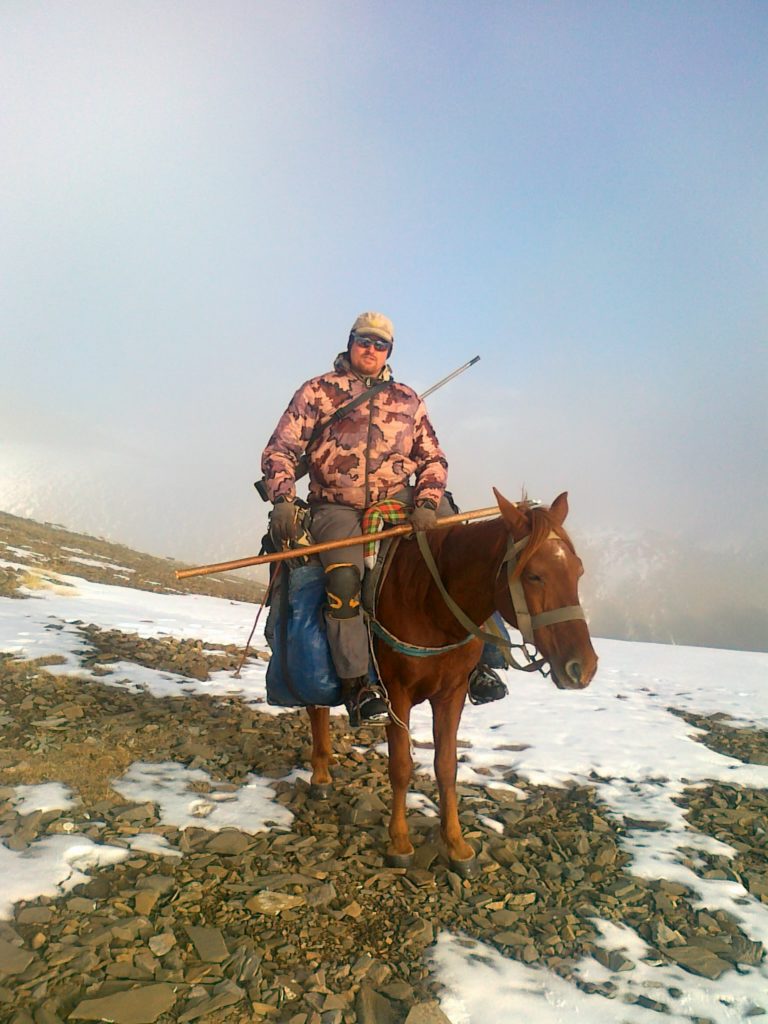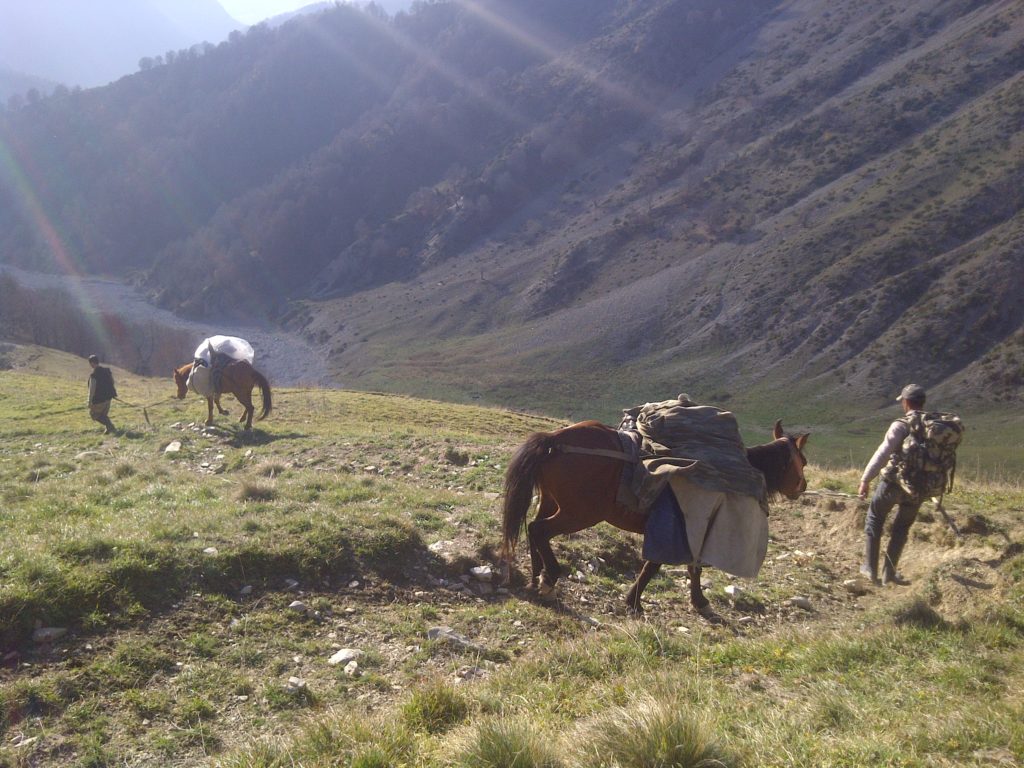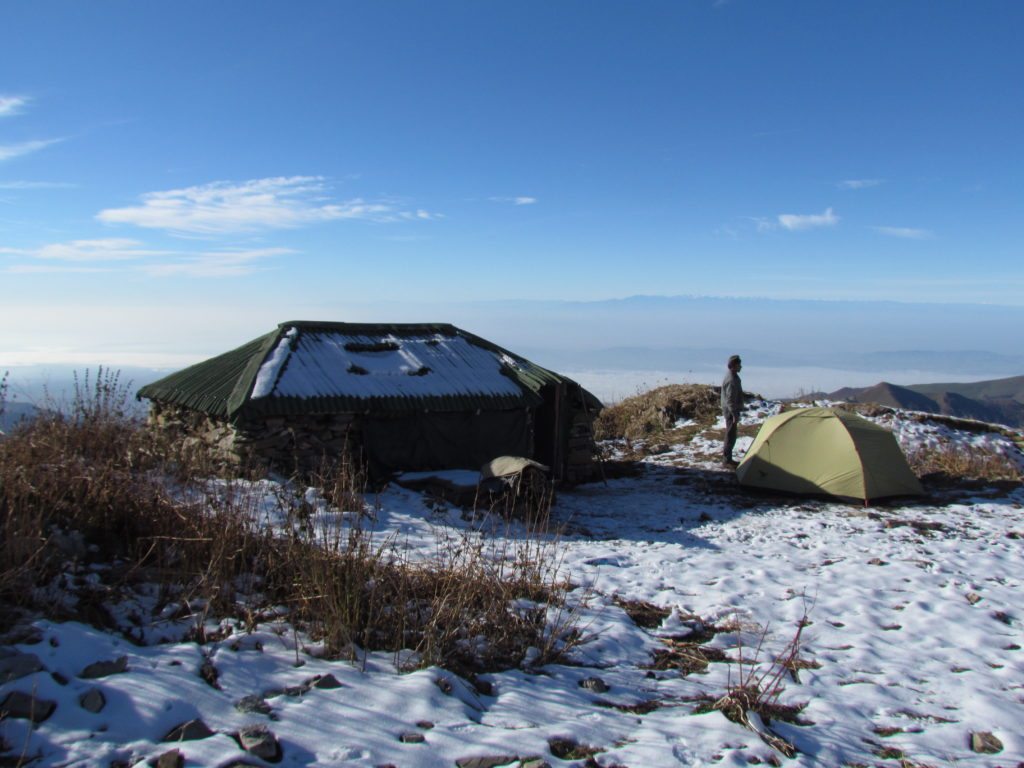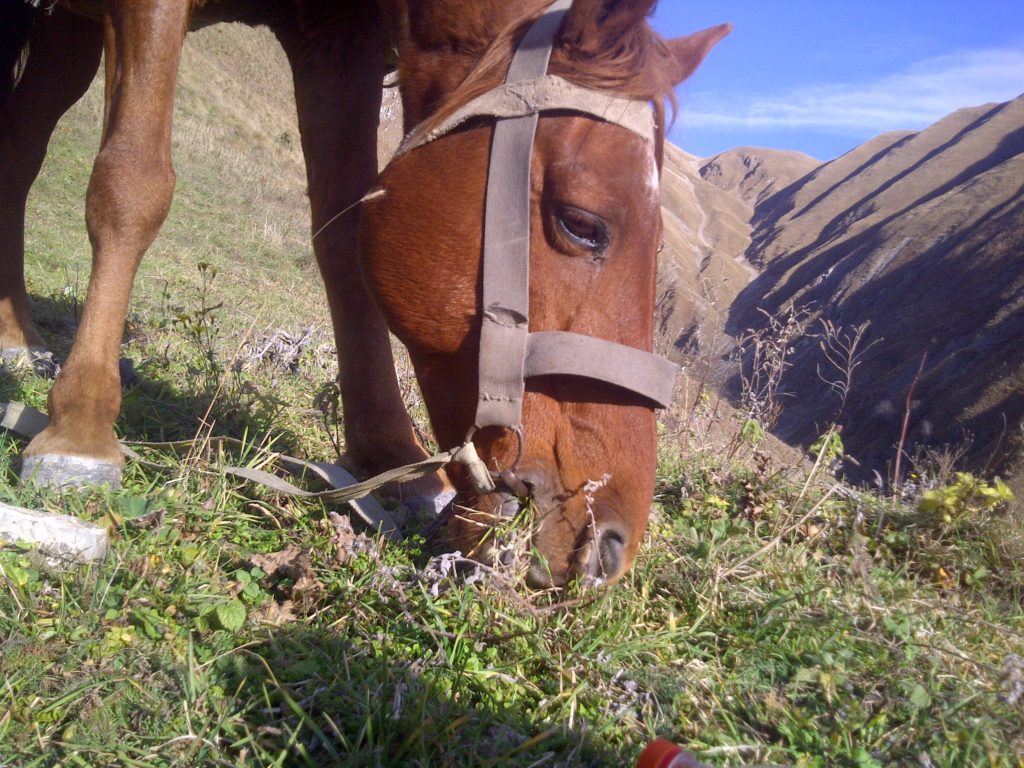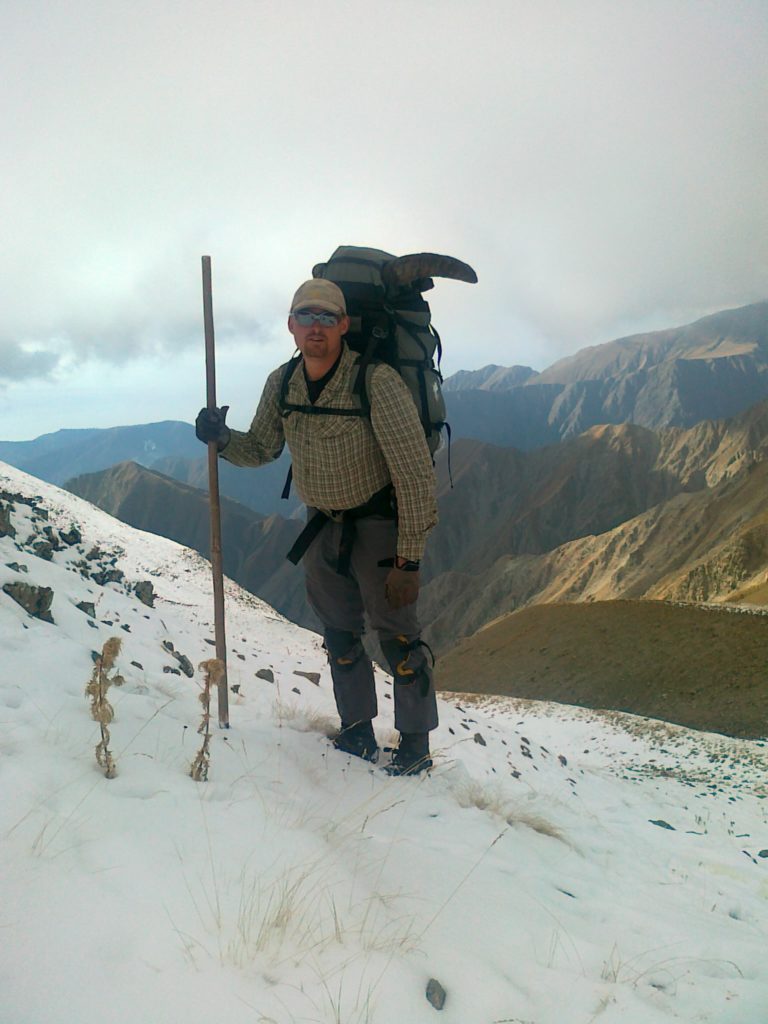Azerbaijan
Azerbaijan is the largest country in the Caucasus region of Eurasia with a territory of 86,600 sq km, slightly smaller than Maine. Located at the crossroads of Western Asia and Eastern Europe, it is bounded by the Caspian Sea to the east, Russia to the north, Georgia to the northwest, Armenia to the west, and Iran to the south. The Azerbaijan Democratic Republic, the first democratic and secular republic in the Muslim world, was established in 1918, but was incorporated into the Soviet Union in 1920. Azerbaijan regained independence in 1991.
The People of Azerbaijan
Azeri (the main ethnic group) make up a little over 90% of the 8, 4 million local population, the rest comprising of a small number of Orthodox Armenians and Russians, and Dagestani. Local population generally speaks Azerbaijani language as well as Russian.
Like most former Soviet republics, Azerbaijan is an undeveloped country. However, due to extensive petroleum resources and oil exports to the west, its economy has seen significant boost in the last few years. This evident outcome is seen in construction boom in Azerbaijan’s capital and largest city Baku, also the country’s largest port.
The Landscape
Over half of Azerbaijan’s land mass consists of mountain ridges, crests, yailas, and plateaus which rise up to 400–1000 meters. The rest of Azerbaijan’s terrain consists of plains and lowlands. There are also three mountain ranges, the Greater and Lesser Caucasus, and the Talysh Mountains, together covering approximately 40 percent of the country. The highest peak of Azerbaijan is mount Bazardüzü (4,466 m), while the lowest point lies in the Caspian Sea (?28 m).

Our Hunting Areas in Azerbaijan
We hunt mountains such as Babadag mountain area, Ismaily and Quba region, approximately 300 km from Baku on the border with Dagestan. Hunting camps are normally based in cottage type of houses or wooden cabins and offer good facilities. The hunting areas are normally at 9000-10,000 feet and require extensive hiking and fly camping.
The Weather
In summer, temperature will vary between +15 to +30 Celsius, with frequently cold and rainy nights, even mild frost. Hunters will need a good mat and sleeping bag to keep warm and dry, as for summer hunts you will stay at fly camp for the entire duration of hunt. Humidity is high, so make sure you have enough change of underwear. Winters are mild with +10 to -5 Celsius at the lowest.
Dagestan Tur Hunting
Average Eastern (Dagestan) Tur will vary between 31”-35” with exceptional Turs yielding over 40 inches. Specimens of 100-120 kg with 1 meter wide (39”) horns are not uncommon in the Sheki, Ismaily and Guba regions Animals are generally not spooked, which is why you’ll often find them grazing close by. Stalking is the general hunting method, although driven hunts are used as well.
Horseback hunting is offered to those who lack good physical condition and are not able to hike for long distances. For further distances, however, hunters will be compelled to proceed on foot.
Learn More About Dagestan Tur Hunting in Azerbaijan